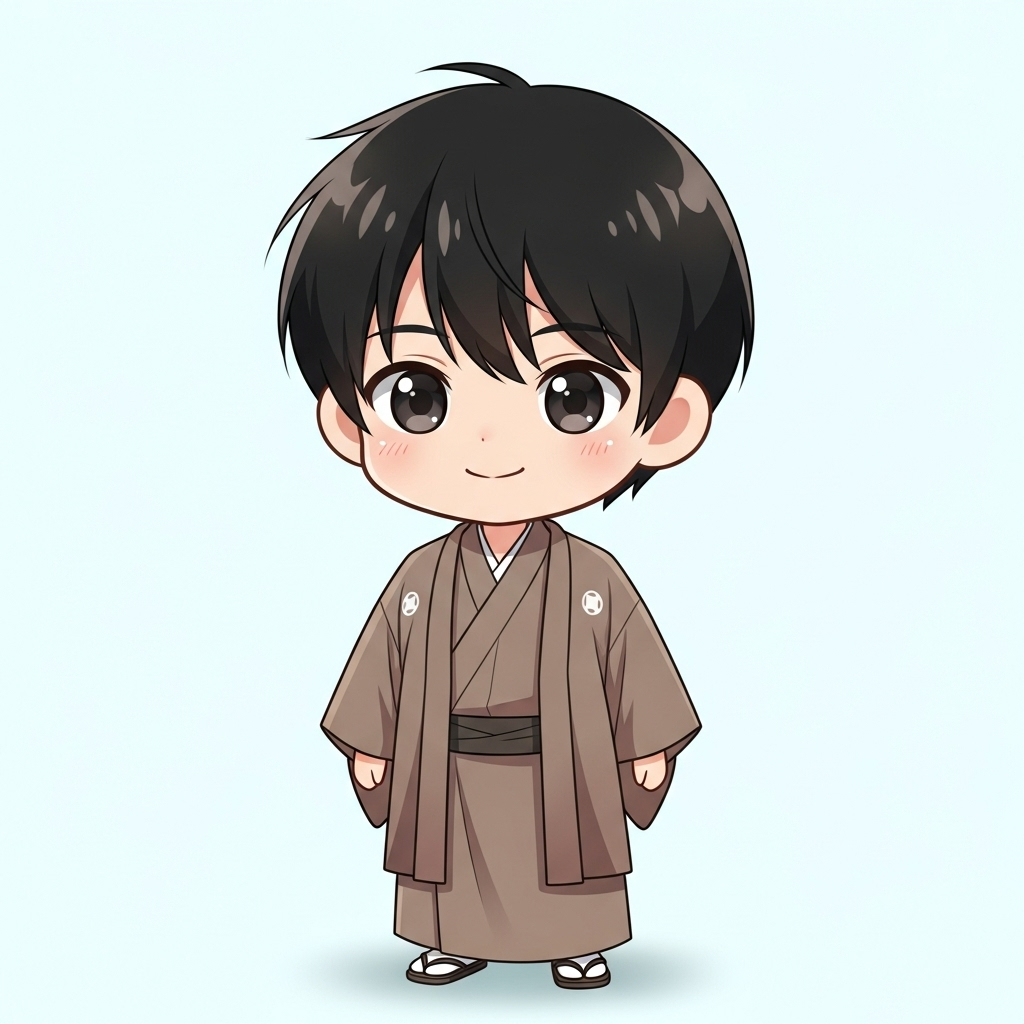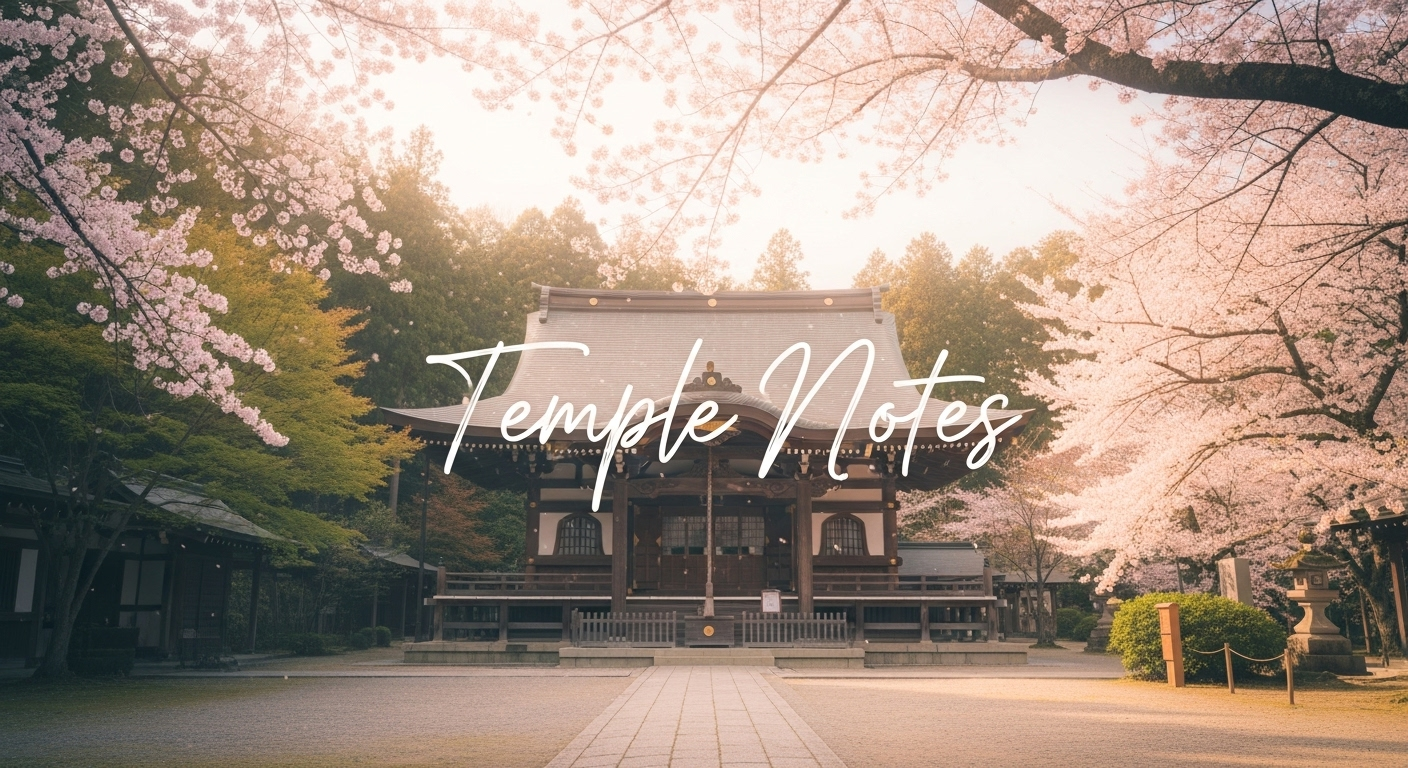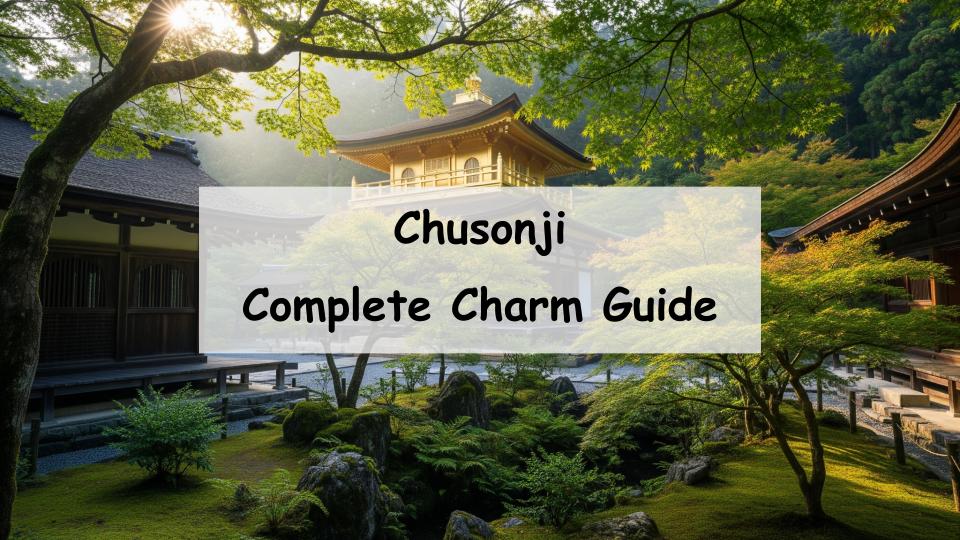Known as one of the most important historical landmarks in the Tohoku region, Chuson-ji Temple attracts countless visitors every year. Still, many people wonder: What kind of place is it exactly? Is there more to see than the famous Konjikido? How easy is it to get there?
In short, Chuson-ji is a treasure of Heian-period culture and spirituality that continues to shine even today. Designated as a UNESCO World Heritage Site, it offers not only the stunning Golden Hall but also peaceful nature trails, traditional architecture, and breathtaking seasonal scenery.
This article introduces the history, unique features, must-see spots, and travel tips for visiting Chuson-ji. Whether it’s your first visit or a return trip, you’ll discover why this temple continues to captivate travelers from all over the world.
- What Is Chuson-ji? A Look at Its History and Significance
- The Highlights and Beauty of Chuson-ji Temple
- Access and Visiting Tips for Chuson-ji Temple
- Souvenirs, Amulets, and Local Food at Chuson-ji
- Useful Tips Before Visiting Chuson-ji
- Conclusion: Experience Japan’s Spiritual and Artistic Beauty at Chuson-ji
- A Message from the Guide
What Is Chuson-ji? A Look at Its History and Significance
The Origins and Founding of Chuson-ji
Chuson-ji Temple was founded during the Heian period and has served as a center of faith and culture in northeastern Japan for centuries. From its early days, it symbolized both religious devotion and regional prosperity. Its magnificent architecture and Buddhist art reflect the political and cultural background of the time.
The Relationship Between the Oshu Fujiwara Clan and Chuson-ji
The powerful Oshu Fujiwara clan played a major role in developing Chuson-ji. They sponsored the construction of the Golden Hall and other important structures, using their wealth to promote Buddhism and art. Their legacy lives on through the temple’s elaborate decorations, statues, and historical documents that showcase their influence and devotion.
Chuson-ji’s Role in the World Heritage “Hiraizumi” Site
Chuson-ji is the centerpiece of the Hiraizumi UNESCO World Heritage Site, representing the spiritual and aesthetic ideals of the region’s golden age. It is not only a tourist destination but also a crucial site for studying Japan’s ancient culture and art. Visiting Chuson-ji allows travelers to experience centuries of history in one place.
The Highlights and Beauty of Chuson-ji Temple
The Golden Hall (Konjikido): A Masterpiece of Splendor
The Konjikido (Golden Hall) is the most famous building within Chuson-ji. Covered entirely in gold leaf and intricate lacquerwork, it houses sacred Buddhist statues and ornate decorations that showcase the exquisite craftsmanship of the Heian era. Standing before it, visitors can feel the powerful fusion of artistry, faith, and history.
Other Notable Buildings and Statues Within the Temple Grounds
Beyond the Golden Hall, the temple complex includes the Main Hall (Hondo), Noh Stage, Sutra Repository, and many other historically significant structures. Each building holds religious artifacts and statues that reflect the deep spirituality of the temple. Walking through the grounds reveals layers of restoration and history that span nearly a thousand years.
The Natural Beauty of Chuson-ji Through the Seasons
Chuson-ji is nestled within rich natural surroundings that change dramatically with the seasons. The temple’s long cedar-lined approach and forested landscape create a peaceful harmony between nature and architecture.
Spring: Cherry Blossoms and Fresh Greenery
In spring, cherry blossoms bloom along the approach, creating a soft, picturesque scene that welcomes visitors. The mild weather makes it a perfect time to explore the temple slowly and appreciate its tranquil atmosphere.
Autumn: Brilliant Fall Colors and the Golden Hall
Autumn is perhaps the most beautiful season at Chuson-ji. The vivid reds and oranges of the maple leaves contrast strikingly with the golden tones of the Konjikido, offering some of the most breathtaking views in the region.
Winter: A Serene Snow-Covered Temple
In winter, the temple is covered in snow, transforming it into a silent, ethereal world. The white surroundings highlight the temple’s outlines, giving it a sacred and timeless feeling that captivates photographers and visitors alike.
Access and Visiting Tips for Chuson-ji Temple
How to Get There by Train, Bus, or Car
The most common way to reach Chuson-ji Temple is by combining train and bus travel. If you are coming from Tokyo or other major cities, take the Tohoku Shinkansen (bullet train) to Ichinoseki Station. From there, transfer to the JR Tohoku Main Line and ride for about 8 minutes to Hiraizumi Station.
From Hiraizumi Station, you can reach Chuson-ji in two ways:
The most convenient option is the Iwate Kenkotsu local bus, which takes about 5 minutes to the “Chuson-ji” bus stop located near the temple entrance. Alternatively, you can walk from the station — the distance is about 2 kilometers, and it takes roughly 25 to 30 minutes along a gentle uphill path lined with trees and small shops. This walking route offers a peaceful approach to the temple and is popular among visitors.
If you are traveling by car, take the Tohoku Expressway and exit at the Hiraizumi-Maesawa Interchange. From there, it’s about a 10-minute drive to the temple. Several visitor parking lots are available near the entrance, suitable for both regular cars and large vehicles. During busy seasons, such as autumn foliage or spring festivals, it’s best to arrive early in the morning to avoid congestion.
Bus schedules and operation times may vary depending on the season and day of the week, so checking the Iwate Kenkotsu official timetable in advance is recommended. Whether you travel by train, bus, or car, Chuson-ji Temple is easily accessible and perfect for a day trip from Sendai, Morioka, or even Tokyo.
Recommended Routes and Visiting Time
The temple grounds are extensive, so planning a route around the main attractions—starting with the Golden Hall—is efficient. A casual visit takes about 1.5 to 2 hours, though art and history enthusiasts may wish to spend longer. Comfortable walking shoes are recommended, as the paths and stairs can be steep.
Nearby Attractions to Explore
Hiraizumi offers many other attractions such as Motsu-ji Temple, museums, and historical sites. Combining these with a visit to Chuson-ji creates a well-rounded experience that deepens understanding of the region’s rich cultural heritage. Visitors can also enjoy local cuisine and shops near the station.
Souvenirs, Amulets, and Local Food at Chuson-ji
Popular Goshuin (Temple Stamps)
Visitors can receive Goshuin, beautifully hand-written temple stamps, at several locations within Chuson-ji. Each one is unique to the temple and serves as a meaningful keepsake of your visit. Since lines can form during busy times, it’s wise to allow some extra time for this experience.
Amulets Worth Collecting
Chuson-ji offers a variety of omamori (amulets) for safe travel, health, academic success, and more. These small charms make for thoughtful souvenirs and carry a sense of traditional craftsmanship. Be sure to check opening hours for the amulet counters before your visit.
Local Cuisine Around the Temple
After exploring the temple, visitors can enjoy local specialties such as soba noodles, mochi, and traditional sweets at restaurants around the temple area. Each season brings new flavors featuring regional ingredients, making dining part of the overall Chuson-ji experience.
Useful Tips Before Visiting Chuson-ji
Best Time to Visit and Crowd Levels
The best seasons to visit are spring and autumn, when the temple’s natural scenery is at its peak. These periods can be crowded, so visiting early in the morning or on weekdays is ideal. Off-season visits offer a quieter, more meditative atmosphere that many travelers appreciate.
Dress Code, Essentials, and Etiquette
Wear comfortable shoes suitable for walking, as the temple grounds include slopes and long paths. As Chuson-ji is a sacred site, dress modestly and behave respectfully. Avoid loud conversations and refrain from eating or drinking in restricted areas.
Photography Rules and Etiquette
Photography is allowed in most areas, but inside the Golden Hall and near certain statues, it is strictly prohibited. Always follow posted signs and avoid using flash or tripods to protect the cultural heritage.
Conclusion: Experience Japan’s Spiritual and Artistic Beauty at Chuson-ji
Why Chuson-ji Continues to Inspire Visitors
Chuson-ji captivates visitors not just with its glittering Golden Hall, but with its deep harmony between nature, history, and spirituality. The serenity of its cedar-lined paths and the profound artistry of its relics convey the essence of Japanese beauty.
The Enduring Appeal of This World Heritage Site
More than just a sightseeing spot, Chuson-ji is a living testament to Japan’s ancient culture and faith. Whether it’s your first visit or a return pilgrimage, each trip offers new discoveries and deeper understanding. Take your time to explore and feel the timeless spirit that continues to shine at Chuson-ji Temple.
A Message from the Guide

Walking up the approach path to the temple is a great bit of exercise.







Comment